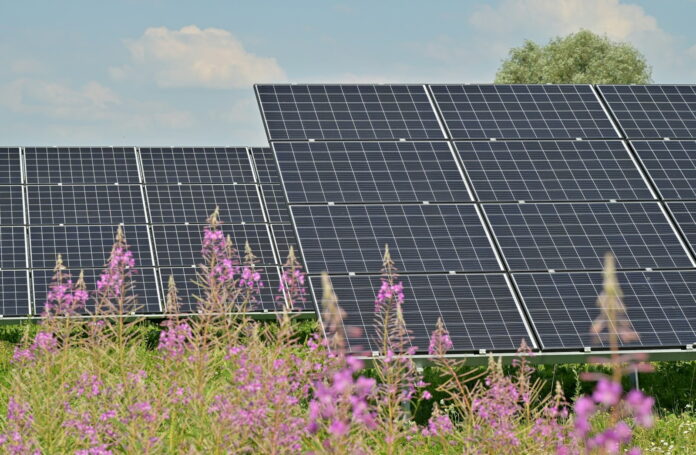The relentless pursuit of sustainable energy solutions has catalyzed a global shift towards renewable sources like wind and solar power. However, the intermittent nature of these sources necessitates robust energy storage systems to ensure a steady supply of electricity. While batteries, particularly lithium-ion, have dominated the storage landscape, their limitations in terms of lifecycle, capacity, and environmental impact have spurred research into alternative technologies.
Exploring Alternatives to Battery Storage
The quest for energy storage solutions beyond traditional battery technology is driven by the need for higher capacity, longer life spans, and reduced environmental footprint. One promising alternative is the use of flow batteries, which store energy in liquid electrolytes that flow through an electrochemical cell. These systems offer the advantage of decoupling energy and power capacities, providing scalability and ease of maintenance.
Another innovative approach is the use of compressed air energy storage (CAES), where excess electricity is utilized to compress air into an underground storage vessel. Upon demand, the compressed air is released to drive a turbine, generating electricity. Additionally, cryogenic energy storage is emerging, where surplus energy is used to liquefy air at extremely low temperatures; the liquid air expands when heated, driving a turbine to produce power.
Advancements in Kinetic Energy Systems
Kinetic energy storage systems (KESS) are gaining traction as a viable alternative to chemical batteries. One of the most established forms of KESS is the flywheel, which stores energy in a rotating mass. Modern advancements have led to the development of high-speed flywheels made of advanced composite materials, capable of achieving very high rotational speeds with minimal energy loss. These systems are particularly beneficial for applications requiring high power over short durations, such as grid stabilization and regenerative braking in vehicles.
Another innovative kinetic approach is pumped hydro storage, which uses excess electricity to pump water uphill to a reservoir. When energy is required, the water is released to flow downhill through turbines, generating electricity. Although not new, improvements in efficiency and site selection have made pumped hydro storage more attractive. Lastly, gravity storage systems use excess energy to lift massive weights, storing energy as potential energy, which is converted back to electricity when the weights are lowered.
Harnessing the Power of Supercapacitors
Supercapacitors, also known as ultracapacitors, represent a complementary technology to batteries, bridging the gap between conventional capacitors and batteries. They store energy through the separation of charges, offering rapid charging and discharging capabilities, high power density, and a longer cycle life compared to batteries. Advances in materials science have led to the development of supercapacitors with increased energy density, making them more competitive as standalone storage solutions. Graphene supercapacitors are particularly promising, leveraging the exceptional electrical and mechanical properties of graphene to enhance performance. Furthermore, hybrid systems combining supercapacitors and batteries capitalize on the strengths of both technologies, providing both high energy and power density. These systems can be particularly effective in applications such as electric vehicles, where quick bursts of power are essential.
The exploration of innovative energy storage solutions beyond batteries represents a critical step towards the realization of a fully sustainable energy landscape. From flow batteries and compressed air to kinetic systems and supercapacitors, these technologies offer diverse pathways to store and manage the fluctuating supply of renewable energy. While each approach has its unique advantages and challenges, collectively they embody the pioneering spirit of energy research. As these technologies continue to evolve and mature, they promise to play a pivotal role in the transition to a cleaner, more resilient energy future. Their integration will not only bolster renewable energy systems but will also drive technological innovation, fostering a new era of energy independence and environmental stewardship.
